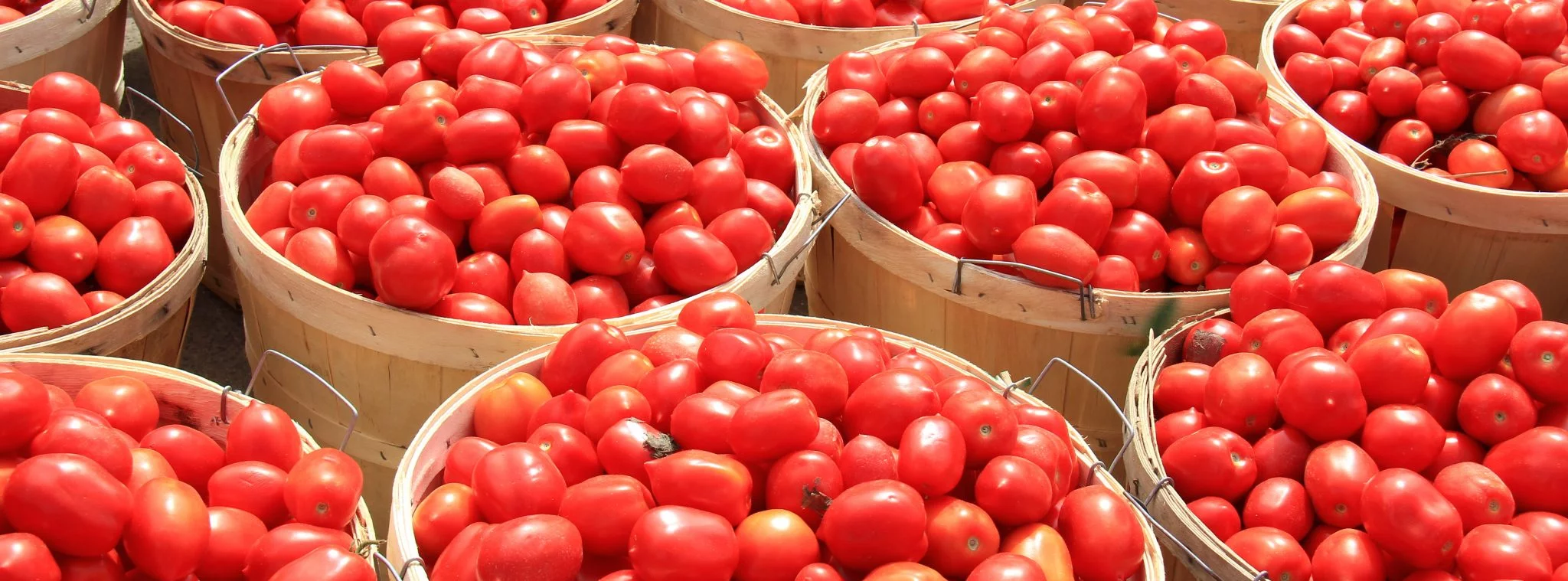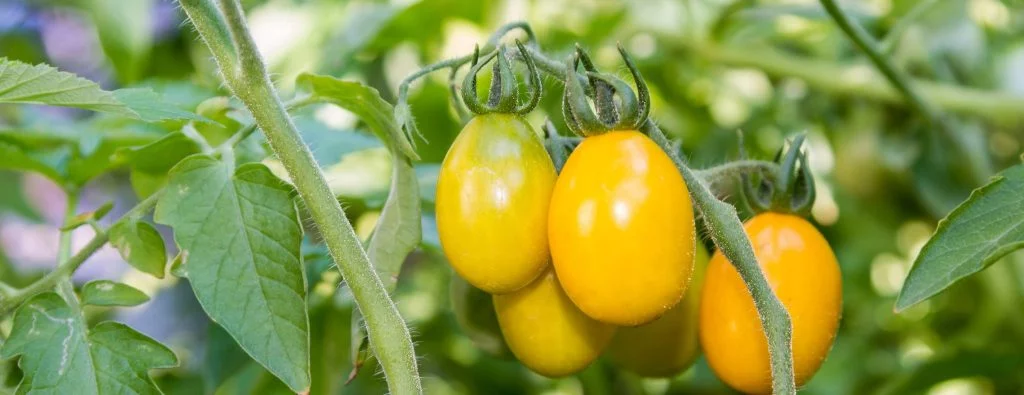
PJP Food History Series: The History of Tomatoes
The tomato is a fascinating fruit (yes, fruit) with a very intriguing history. Almost every region in the world uses tomatoes in their recipes. European Mediterranean countries use tomatoes for sauces like the Italian pomodoro, Spanish sofrito or the French mother sauce tomat. Middle Eastern countries use tomatoes in cold salads. South East Asian countries use tomato paste for curries. South Americans for salsas and stews. North Americans and Northern Europeans for condiments; ketchup and bbq sauce. Africans use tomatoes as a base ingredient for stews or spicy sauces…and this is just the tip of the tomato iceberg!
How did this one fruit cover the globe in tomatoey goodness? How did the tomato infiltrate the culinary traditions of so many cuisines?
In The Beginning

The tomato evolved from the prehistoric nightshade plant. This plant shares a family tree with the potato, pepper and tobacco plant, and grew exclusively in warm wet areas of South America. The wild tomato was a small, cherry sized berry and most likely yellow in color. The Aztecs and other native Mesoamericans (regions including Mexico, Central and northern South America) were the first to use tomatoes in their cooking. It is estimated that the tomato was finally domesticated somewhere around 500BCE. The ripe red large fruit that we associate with tomatoes today most likely originated from early Aztec and Pueblo farmers experimental breeding.
The Tomato Goes East

The Spanish conquistador Hernan Cortes and Christopher Columbus were the first to introduce the tomato to the Old World. It wasn’t until the mid 1500s that tomatoes became a popular plant in Spanish culture. The tomatoes thrived in the warm Mediterranean sun but it would still take centuries for them to gain popularity in regional cuisine.
In Italy, they grew tomatoes for their beauty and they adorned medieval gardens and table tops. It wasn’t until, through Spanish persuasion and sources, that Italians started cooking with tomatoes. Recipes found from around the late 17th century depict recipes using tomatoes in applications we see today- for sauces, toppings and drying. We also begin to see new varieties, like the San Marzano.
Northern Europeans and Britains were still hesitant to embrace the tomato. Highly acidic fruits and vegetables (like tomatoes) reacted with their lead lined pewter serving ware, causing illness. Partnered with their fear of ingesting relatives of the deadly nightshade family, this caution carried into the American colonies and it wasn’t until the mid 18th century that tomatoes gained moderate popularity in cookery.
Colonization

European and Britain colonization spread the tomato throughout their empires; Northern and Southern Africa, Middle East, India, Philippines, Southern China and beyond. Each region began growing and adapting the plants into new breeds, hearty for their individual climates, and expanding through trade routes.
Today, there are over 7,500 different tomato varieties grown throughout the world and for different purposes. They are broken into categories based on shape, size and utilization such as slicing tomatoes or beefsteak tomatoes, etc… In 2014 the total world tomato production reached over 170 million tons with agri-leaders from China, India, US, Turkey and the EU valued at $88 billion.






Write a Comment